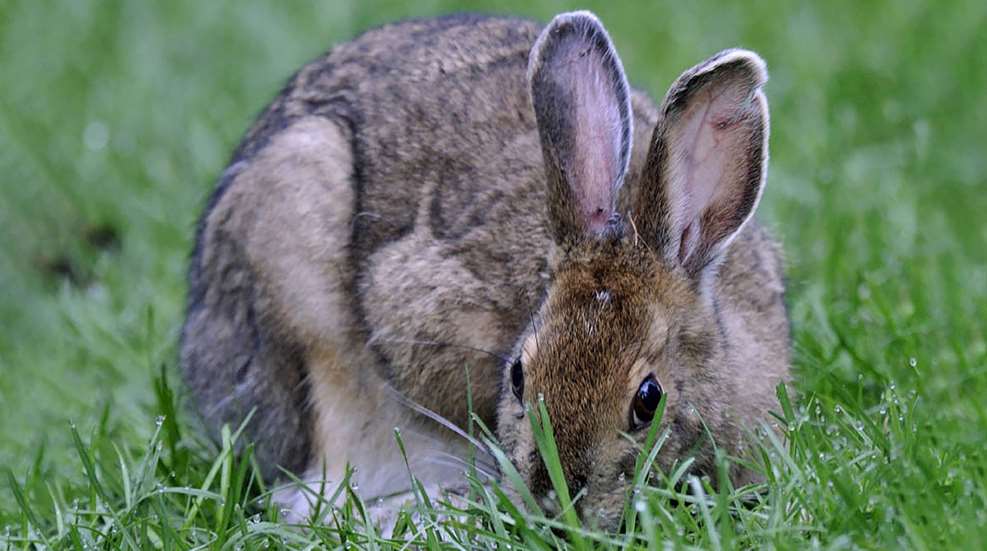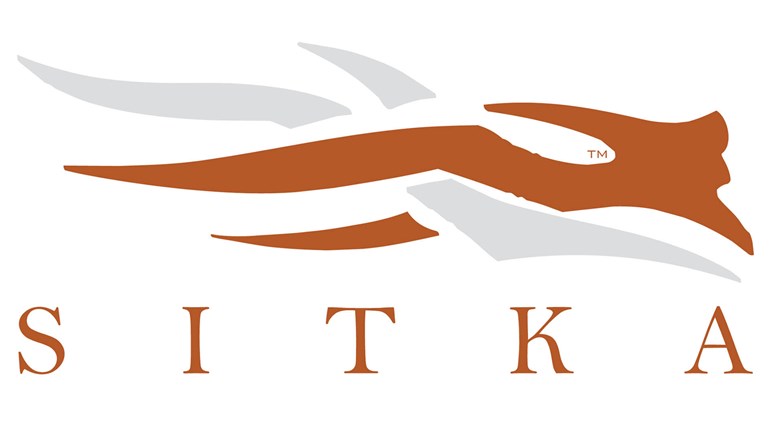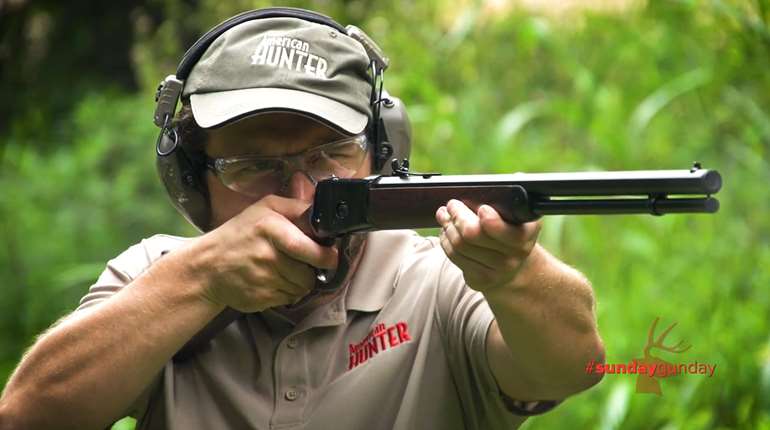
The Pennsylvania Game Commission is enlisting the aid of hunters to determine just where snowshoe hares exist on the Pennsylvania landscape, and if they’re still turning all white in winter, as they’ve traditionally done to better blend in with snow and escape predators. The study is part of the department’s snowshoe hare cooperator program, which is now entering its third year.
Hunters sign up to participate by e-mailing their CID number or name, mailing address and phone number to [email protected]. They’re provided a pocket card, among other things, on which they’re asked to record the dates they hunt hares, the county or Wildlife Management Units (WMUs) they hunt in, the number of hours hunted, and the number of hares flushed and number harvested.
Additionally, they’re asked whether those hares were all white and, if not, what they looked like. That’s because Pennsylvania is one of the few states where brown hares have been reported in winter, and the only state where unique winter pelt patterns, such as brown eye rings and brown ears, have been detected.
Hunters send in answers using a postage-paid mailer at season’s end. In return, they get a newsletter each fall providing summaries of survey results (last year’s results [PDF]) and updates on hare management and other relevant topics.
The cooperator program has already revealed some interesting data, such as hunters are flushing and harvesting hares in more places than had been detected using other methods. But the more hunters who participate in the program, the better, more complete, the information collected will be.
The state is also asking for rabbit and hare hunters to help its surveillance of rabbit hemorrhagic disease virus 2 (RHDV2). RHDV2 is a highly contagious virus posing a serious threat to the state’s rabbits and hares because it can cause mass die-offs—75-100 percent of local populations—when and where it becomes established. There is no specific treatment for RHDV2 and it can remain on the landscape for months.
Early detection of RHDV2’s possible presence, and the immediate removal of suspect carcasses, is the best way stop its spread. The state is asking hunters—and anyone else—who finds two or more dead hares or rabbits at the same location with an unknown cause of death to report that by calling (833) PGC-WILD or by using the Game Commission’s online Wildlife Health Survey reporting tool.
RHDV2 poses no human health risk. Multiple sick or dead hares in one place also can be an indication of tularemia or plague, though, and those diseases can cause serious illness in humans. So the public should not handle or consume wildlife that appears sick or has died from an unknown cause. Keep pets away from such specimens, too.
The virus has only been detected in Pennsylvania once before, in a domestic facility in Uniontown, Fayette County. It has never been found in wild populations.



































